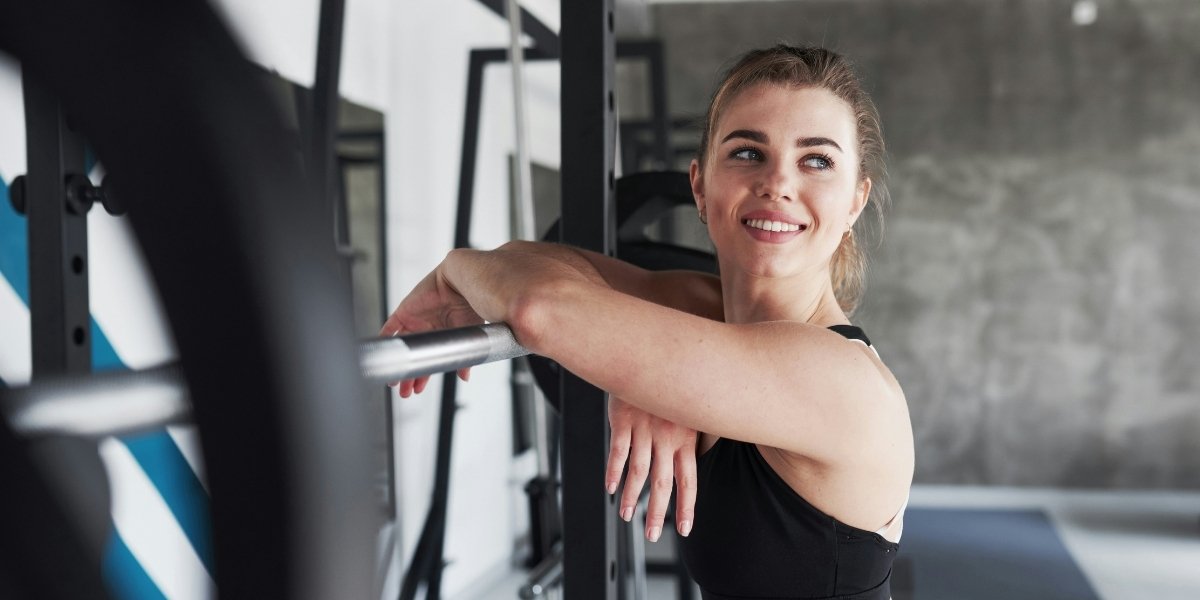The effects of sedentary work have been a growing topic of discussion, particularly as many jobs involve long hours of sitting. In Virginia, where employment varies from office-based roles in Washington D.C.’s metropolitan area to remote work across suburban and rural regions, individuals often spend much of their day seated. While this may seem routine, research continues to explore how prolonged inactivity may influence overall well-being.
Read also: Boost Your Motivation: How to Create a Personalized Dopamenu
How Extended Sitting May Affect Physical Health
Remaining seated for extended periods can influence circulation, posture, and muscle activity. Some studies suggest that prolonged sitting may contribute to slower blood flow, which could affect overall circulation. Individuals who sit for long hours may also experience stiffness or discomfort in the back, neck, and shoulders, depending on their posture and workstation setup. Over time, limited movement could contribute to muscle deconditioning, particularly in the core and lower body.
The way people sit throughout the day may also influence spinal alignment. A workspace that does not promote ergonomic support might contribute to discomfort, particularly if an individual remains in the same position for extended periods. While occasional stretching or adjusting one’s seating position may provide temporary relief, long-term sitting habits may have an impact on musculoskeletal health.
Potential Links Between Sedentary Work and Long-Term Health
Research continues to explore connections between prolonged inactivity and various health considerations. Some studies have examined the relationship between sedentary behavior and cardiovascular health, suggesting that inactivity may influence factors such as blood pressure and circulation. Other research has investigated whether extended sitting plays a role in weight management, metabolism, and insulin sensitivity, though individual factors such as diet and overall activity levels also contribute to these outcomes.
In addition to physical effects, some individuals may experience changes in energy levels or concentration after prolonged periods of sitting. Research suggests that regular movement throughout the day may contribute to alertness and mental engagement. While each person’s experience varies, incorporating movement into the workday may support focus and overall well-being.
Virginia’s Work Culture and Daily Movement Patterns
Work environments in Virginia range from fast-paced office settings to home-based and hybrid roles, each presenting unique considerations for movement throughout the day. Many professionals working in Northern Virginia, Richmond, and Hampton Roads spend extended periods at a desk, engaging in computer-based tasks. Similarly, individuals in remote roles may find that their home workspaces limit their natural movement compared to office settings where walking to meetings or commuting may add physical activity to the day.
In some workplaces, employers offer wellness programs that encourage movement, including standing desks, scheduled breaks, or on-site fitness resources. While these initiatives vary, they reflect a growing awareness of workplace habits and their potential impact. For those working from home, establishing movement routines may require personal adjustments, such as setting reminders to stand or incorporating short walks into the day.
Virginia’s landscape offers numerous opportunities for physical activity outside of work. Many residents take advantage of local parks, hiking trails, and recreational activities to balance sedentary time with movement. Whether walking in a neighborhood, biking along a scenic trail, or engaging in weekend activities, incorporating physical activity into daily life may contribute to overall well-being.
Encouraging Movement During the Workday
Individuals may find it helpful to integrate small movements into their daily routine. Standing up periodically, shifting posture, or taking brief walks may help counteract long periods of sitting. Some workplaces provide sit-to-stand desks, allowing employees to alternate between sitting and standing throughout the day. Others encourage walking meetings or short movement breaks, which may contribute to increased energy levels.
For remote workers, adapting home office setups to include ergonomic furniture and designated movement breaks may help create a more dynamic work environment. Adjusting seating posture, ensuring screens are at eye level, and using supportive chairs may provide comfort during long work sessions. Some individuals also incorporate stretching or light activity into their routine to support flexibility and circulation.
Hydration can also play a role in promoting movement. Regularly drinking water not only supports overall health but may naturally encourage brief walking breaks throughout the day. Setting reminders to step away from the desk periodically may help incorporate consistent movement, even in work environments where tasks require prolonged focus.
Balancing Work and Physical Activity in Daily Life
Sedentary work is a common aspect of many jobs, but incorporating movement into daily routines may help balance extended sitting periods. Outside of work hours, individuals may engage in activities that encourage movement, such as walking, recreational sports, or fitness programs. Many communities across Virginia offer opportunities for outdoor recreation, including trails, parks, and waterfront activities that provide a natural way to stay active.
Social activities can also contribute to maintaining an active lifestyle. Whether participating in group fitness classes, walking with friends, or attending community events that involve movement, social engagement may support physical activity in a way that feels enjoyable and sustainable. Choosing activities that align with personal interests may increase the likelihood of maintaining consistent movement habits.
Technology also provides various resources for integrating movement into daily life. Fitness trackers, mobile apps, and virtual exercise programs can offer reminders and structured activities for those looking to stay active. While digital tools are not necessary for maintaining movement, they may provide additional motivation for those who benefit from tracking their activity levels.
Considering Individual Health Needs
Each person’s ability to incorporate movement into their workday and lifestyle depends on various factors, including job responsibilities, physical health, and personal preferences. While some individuals may find it easy to take movement breaks throughout the day, others may have job roles that require prolonged focus or limited mobility. Understanding one’s own needs and making small, manageable adjustments may be a practical approach to maintaining a comfortable balance.
Health professionals often provide personalized guidance for individuals looking to adjust their activity levels, particularly for those managing specific health conditions or recovering from injuries. Consulting with a healthcare provider can offer tailored recommendations that align with an individual’s lifestyle and medical history.
Read also: Building Your Network in the Workplace: Simple Strategies for Success
Creating a Sustainable Approach to Workplace Well-Being
Sedentary work is a reality for many individuals, but small adjustments may contribute to overall well-being. Incorporating movement into the workday, ensuring ergonomic support, and engaging in physical activity outside of work may help create a balance that supports comfort and energy levels.
Virginia’s diverse work culture and natural landscapes provide various opportunities for movement, whether through structured exercise, casual outdoor activities, or workplace wellness initiatives. Finding an approach that fits individual routines and responsibilities may support a comfortable and sustainable balance between work and physical activity.








